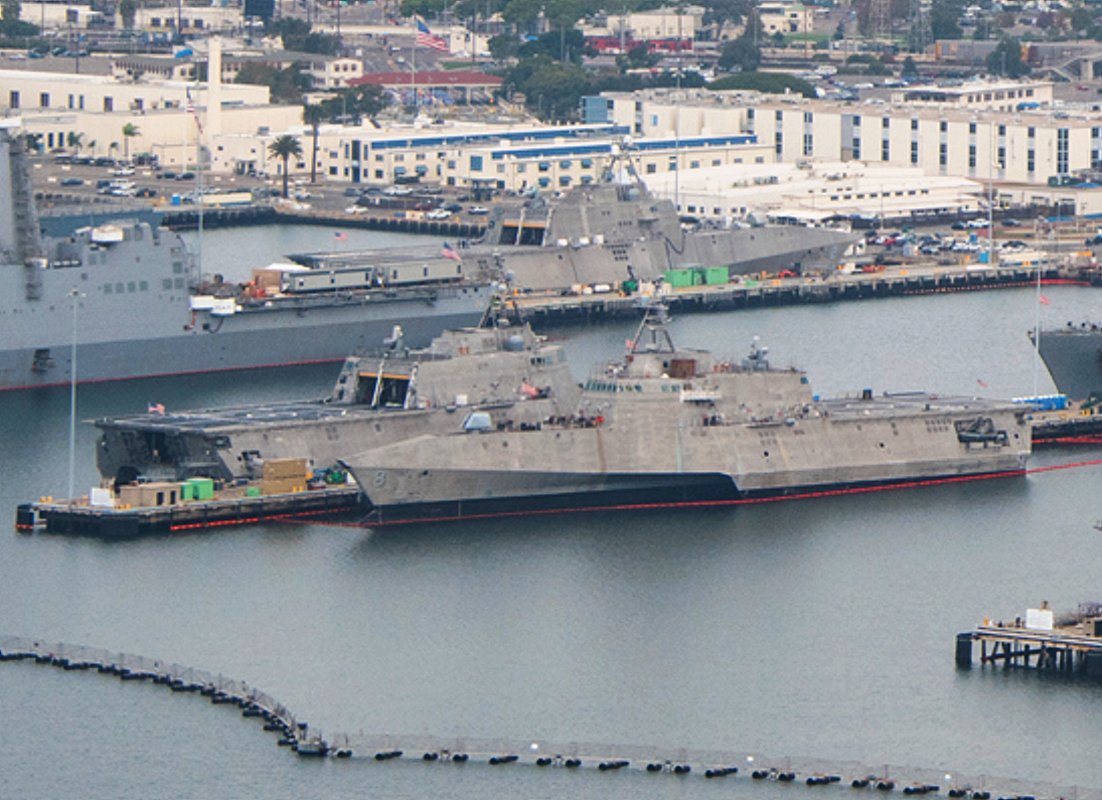Jura The idiot
General
since I read it, I post (it's inside of
Report to Congress on U.S. Navy Frigate (FFG(X)) Program
dated today)
From the report:
As part of its FY2018 budget submission, the Navy has initiated a new program, called the FFG(X) program, to build a new class of 20 guided-missile frigates (FFGs). The Navy wants to procure the first FFG(X) in FY2020, the second in FY2021, and the remaining 18 at a rate of two per year in FY2022-FY2030. Given current Navy force-structure goals, the Navy wants to procure a notional total of 20 FFG(X)s. The Navy’s proposed FY2018 budget requests $143.5 million in research and development funding for the program.
U.S. Navy frigates are smaller, less capable, and less expensive to procure and operate than U.S. Navy destroyers and cruisers. In contrast to cruisers and destroyers, which are designed to operate in higher-threat areas, frigates are generally intended to operate more in lower-threat areas. The Navy envisages the FFG(X) as a multimission ship capable of conducting anti-air warfare (aka air defense) operations, anti-surface warfare operations (meaning operations against enemy surface ships and craft), antisubmarine warfare operations, and electromagnetic maneuver warfare (EMW) operations. (EMW is a new term for electronic warfare.)
Although the Navy has not yet determined the design of the FFG(X), given the desired capabilities just mentioned, the ship will likely be larger in terms of displacement, more heavily armed, and more expensive to procure than the Navy’s Littoral Combat Ships (LCSs). The Navy envisages developing no new technologies or systems for the FFG(X)—the ship is to use systems and technologies that already exist or are already being developed for use in other programs.
The Navy’s desire to procure the first FFG(X) in FY2020 does not allow enough time to develop a completely new design (i.e., a clean-sheet design) for the FFG(X). (Using a clean-sheet design might defer the procurement of the first ship to about FY2023.) Consequently, the Navy intends to build the FFG(X) to a modified version of an existing ship design—an approach called the parent-design approach. The parent design could be a U.S. ship design or a foreign ship design. The Navy intends to conduct a full and open competition to select the builder of the FFG(X), including proposals based on either U.S. or foreign ship designs. Given the currently envisaged procurement rate of two ships per year, the Navy envisages using a single builder to build the ships.
The FFG(X) program presents several potential oversight issues for Congress, including the following:
Report to Congress on U.S. Navy Frigate (FFG(X)) Program
dated today)
From the report:
As part of its FY2018 budget submission, the Navy has initiated a new program, called the FFG(X) program, to build a new class of 20 guided-missile frigates (FFGs). The Navy wants to procure the first FFG(X) in FY2020, the second in FY2021, and the remaining 18 at a rate of two per year in FY2022-FY2030. Given current Navy force-structure goals, the Navy wants to procure a notional total of 20 FFG(X)s. The Navy’s proposed FY2018 budget requests $143.5 million in research and development funding for the program.
U.S. Navy frigates are smaller, less capable, and less expensive to procure and operate than U.S. Navy destroyers and cruisers. In contrast to cruisers and destroyers, which are designed to operate in higher-threat areas, frigates are generally intended to operate more in lower-threat areas. The Navy envisages the FFG(X) as a multimission ship capable of conducting anti-air warfare (aka air defense) operations, anti-surface warfare operations (meaning operations against enemy surface ships and craft), antisubmarine warfare operations, and electromagnetic maneuver warfare (EMW) operations. (EMW is a new term for electronic warfare.)
Although the Navy has not yet determined the design of the FFG(X), given the desired capabilities just mentioned, the ship will likely be larger in terms of displacement, more heavily armed, and more expensive to procure than the Navy’s Littoral Combat Ships (LCSs). The Navy envisages developing no new technologies or systems for the FFG(X)—the ship is to use systems and technologies that already exist or are already being developed for use in other programs.
The Navy’s desire to procure the first FFG(X) in FY2020 does not allow enough time to develop a completely new design (i.e., a clean-sheet design) for the FFG(X). (Using a clean-sheet design might defer the procurement of the first ship to about FY2023.) Consequently, the Navy intends to build the FFG(X) to a modified version of an existing ship design—an approach called the parent-design approach. The parent design could be a U.S. ship design or a foreign ship design. The Navy intends to conduct a full and open competition to select the builder of the FFG(X), including proposals based on either U.S. or foreign ship designs. Given the currently envisaged procurement rate of two ships per year, the Navy envisages using a single builder to build the ships.
The FFG(X) program presents several potential oversight issues for Congress, including the following:
- whether to approve, reject, or modify the Navy’s FY2018 funding request for the program;
- whether the Navy has accurately identified the capability gaps and mission needs to be addressed by the program;
- whether procuring a new class of FFGs is the best or most promising general approach for addressing the identified capability gaps and mission needs;
- the Navy’s proposed acquisition strategy for the program, including the Navy’s intent to use a parent-design approach for the program rather than develop an entirely new (i.e., clean-sheet) design for the ship;
- the potential implications of the FFG(X) program for the U.S. shipbuilding industrial base; and
- whether the initiation of the FFG(X) program has any implications for required numbers or capabilities of U.S. Navy cruisers and destroyers.

